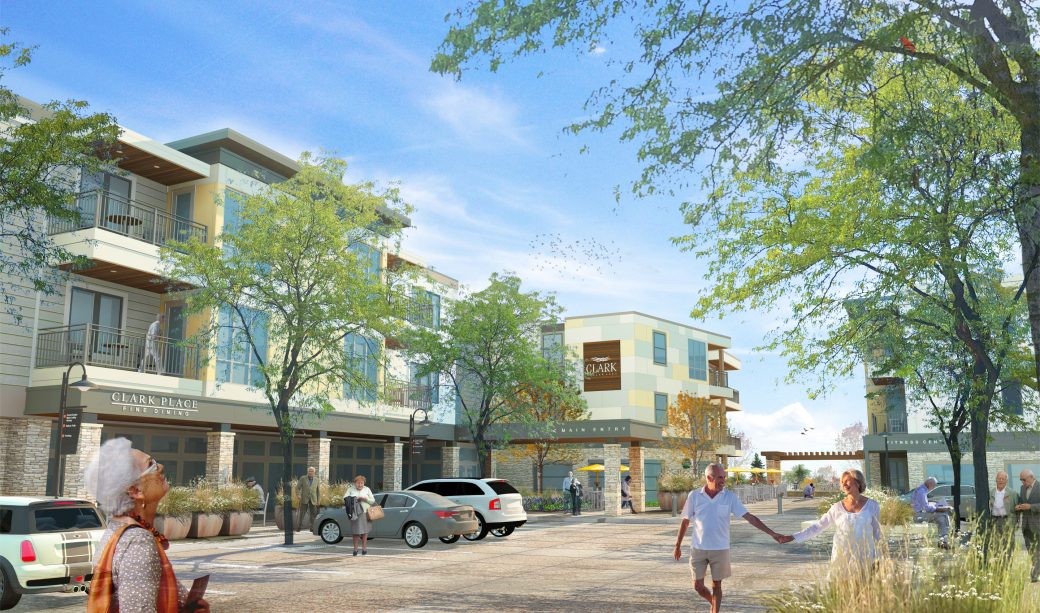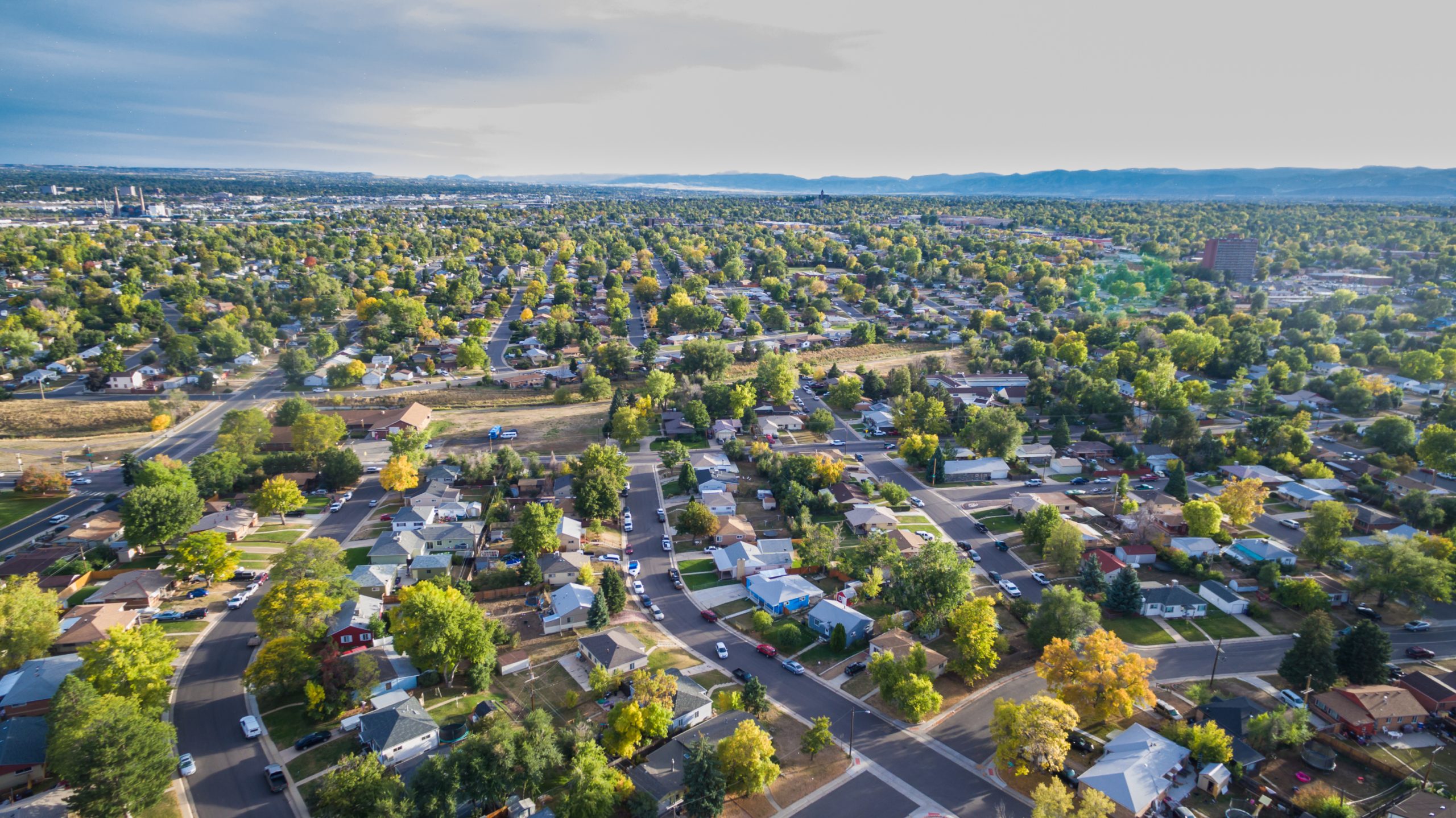Antifragility goes beyond resilience. Explore how stress can strengthen systems in healthcare and community development.

WHAT IS STRATEGIC REPOSITIONING?
The US population is aging alongside varying ideas of what it means to grow older. Senior living campuses are at the forefront of these shifts, challenging them to keep pace with societal demands while also providing quality care.
Strategic repositioning is an opportunity for senior living campuses to leverage the built environment as a critical tool in the care of older adults, adopting a process that utilizes effective design to position and develop campus amenities and spaces strategically. If senior living communities are going to appeal to shifting demographics moving forward, they will need to be deliberate about planning and operating environments to promote behaviors that nurture an expanded approach to resident health.
PERCEPTION IMPACTS BEHAVIOR
The built environment promotes behaviors associated with the setting it creates. For example, if you ask a group to describe how humans behave within a courtroom, most will likely describe similar conclusions. This same idea goes for typical settings within a community. People have preconceived ideas of how they should behave in specific environments. These impressions of how people respond to the built environment are commonly defined as ‘behavior-settings,’ an idea that echoes the reality that where we live changes how we live.
Human perceptions of the built environment influence attitudes towards places and inclinations to behave in ways that either support or detract from well-being. By leveraging common impressions of certain behavior settings, senior living campuses can use consumer preferences to effectively appeal to shifting markets while supporting the health needs of residents.
Behavior-settings communicate to people how they are, or are not, constrained to participate in certain activities. Strategic repositioning intentionally provides wanted behavior-settings (i.e., amenities like a bar, clubhouse, salon, or recreation center) within a senior living campus to appeal to consumers while also using such spaces to promote behaviors that support well-being (i.e. social interaction). It is an opportunity to prioritize the nudging of behaviors that support the underlying needs of those that rely on these spaces.
BEHAVIORS OF WELL-BEING
Behaviors that protect and elevate well-being encourage connection and belonging. People have an inherent sense of what environments they feel they belong in and what places (behavior-settings) will support their desired lifestyle.
Within senior living campuses, design can intentionally nudge social interaction that bolsters connection and belonging. Providing wanted behavior settings with that encourage casual conversation, physical activity, or autonomy for senior residents; strategically supports well-being while maintaining favorable attitudes and perceptions of what it means to live on a senior living campus.
Oftentimes, when transitioning to a senior living campus, residents feel as though they are losing the assortment of places they once had the freedom to access earlier in their life. Effectively combating this perception through the provision of various amenities can also be a strategy to support well-being behaviors. At the very least, senior living campuses should support physiological needs and perceptions of safety. However, at their best, can also provide environments that intentionally encourage connection and help people understand their freedom to behave in ways that are important to them.
OPPORTUNITY FOR COMMUNITIES
Strategic repositioning is an opportunity to leverage the built environment as a tool to prompt healthy behaviors and combat prejudged ideas of life within senior living campuses. This approach empathizes with complex human-environment relationships and prioritizes human well-being in the process of senior living campus development.
- Capitalize on Perception: Challenging preconceived ideas of senior living campuses is a common barrier to profitable occupancy and success. Understanding and capitalizing on the influence of behavior-settings can establish perceptions of a senior living campus that people want.
- Promote Healthy Behavior: In the provision of spaces on senior living campuses, design can deliberately nudge behavior that connects people and protects their freedom to engage in unique ways that support belonging and are needed to pursue well-being.
- Utilize The Built Environment: The built environment has great potential to be used as a tool for supporting the needs of well-being while also marketing senior living campuses to various age groups and strategically.
By leveraging the influence that the built environment has on behavior, strategic repositioning can help sustain campus occupancy and naturally support well-being through the intentional design of wanted settings to support connection and belonging.

Streetscape rendering of Clark Retirement Community on Keller Lake


